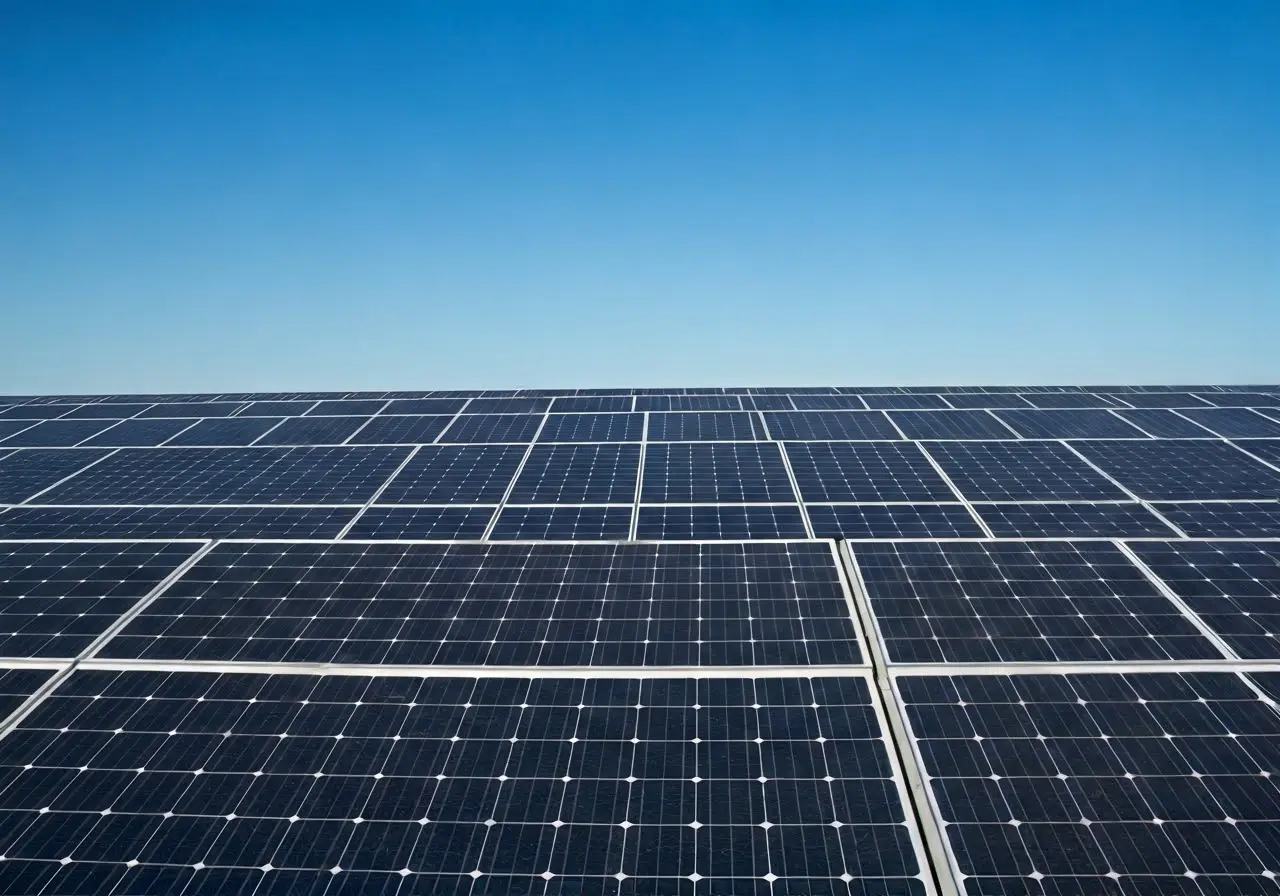Solar Arrays Explained: A Friendly Guide to Efficient Power
Welcome to our friendly guide on solar arrays, where we'll explore how these ingenious systems can turn sunlight into efficient power for your home or business. Whether you're just curious or considering making the switch to solar energy, this guide will break down complex concepts into easy-to-understand insights.
Understanding What Solar Arrays Are
Solar arrays are collections of solar panels that work together to capture sunlight and convert it into electricity. These systems are made up of individual solar cells that harness the photovoltaic effect to generate power.
Each solar panel in the array is like a small energy factory. They consist of many individual photovoltaic (PV) cells that are designed to absorb sunlight and kickstart electrons into motion. This movement of electrons creates an electric current, which is then channeled from all the panels in the array to produce a sizeable amount of usable electricity. It's fascinating to know how a single sunbeam can be transformed into an electric current that powers our homes and gadgets!
How Solar Arrays Generate Electricity
Solar arrays generate electricity through a fascinating process involving solar panels, inverters, and a lot of sunshine! The photovoltaic cells within each panel absorb photons from sunlight, initiating an electric current.
This process starts when sunlight hits a photovoltaic cell, usually made from silicon. The energy from the sunlight excites electrons in the silicon, causing them to move. This movement creates an electric current that is captured by the wiring in a solar panel. Each panel generates a small amount of power, but when combined in an array, these panels can generate electricity on a much larger scale, suitable for grid use. The generated electricity is typically direct current (DC). Before it can be used in homes, it's converted into alternating current (AC) by a solar inverter, which can be used to power everyday electrical appliances.
The Benefits of Using Solar Arrays
Using solar arrays offers numerous benefits. Not only do they provide a renewable energy source, reducing reliance on fossil fuels, but they also offer cost-saving potential over time due to lower energy bills.
Over their lifespan, solar arrays can lead to significant financial savings. Although the initial setup cost can be quite high, the reduction in monthly electricity bills can eventually offset the initial investment. Furthermore, solar incentives and tax credits can often be leveraged to further reduce costs. Depending on your location, you might even benefit from selling surplus energy back to the grid. This not only helps protect your pocketbook but also plays a crucial role in reducing nationwide reliance on non-renewable energy sources.
Types of Solar Arrays
There are various types of solar arrays, including residential, commercial, and utility-scale systems. Each type is tailored to suit different energy needs and space availability, allowing flexibility in how solar energy is harnessed.
For residential properties, solar arrays are typically installed on rooftops or other available spaces. In commercial settings, larger systems might be installed on rooftops, carports, or in adjacent open areas, depending on the business's energy needs. Utility-scale arrays, however, are much more extensive. They are designed to generate significant amounts of electricity, often sold to energy providers, supporting local grids. This diversity in solar array types demonstrates the versatility of solar power, making it applicable for a range of different environments and uses.
Installing and Maintaining Solar Arrays
Installation of solar arrays involves careful planning and may require professional help. Once installed, maintaining them is relatively straightforward, often requiring just regular cleaning and occasional check-ups to ensure optimal performance.
Proper installation of solar arrays is key to maximizing their efficiency and longevity. This often involves assessing the best location for the panels, determining the optimal angle, and ensuring they are not obstructed by shadows from nearby buildings or trees. Professionals can also ensure that the structural integrity of the roof or mounting surface can support the array. Once in place, a well-installed solar array requires minimal maintenance, typically involving cleaning to remove dirt, leaves, or snow that might block sunlight. Scheduling regular inspections by professionals to check wiring and connections can further ensure the system runs smoothly and safely.
Looking to the Sunlit Future
Solar arrays offer a bright future for efficient and sustainable power solutions. By harnessing the sun's abundant energy, we can significantly reduce our carbon footprint and potentially save on energy costs. As we continue to innovate and expand the reach of solar technologies, the possibilities for a cleaner and more energy-efficient world are limitless. Embracing solar power is not just a choice for today; it's an investment in a brighter tomorrow. For more on how you can start this journey, visit our homepage.


